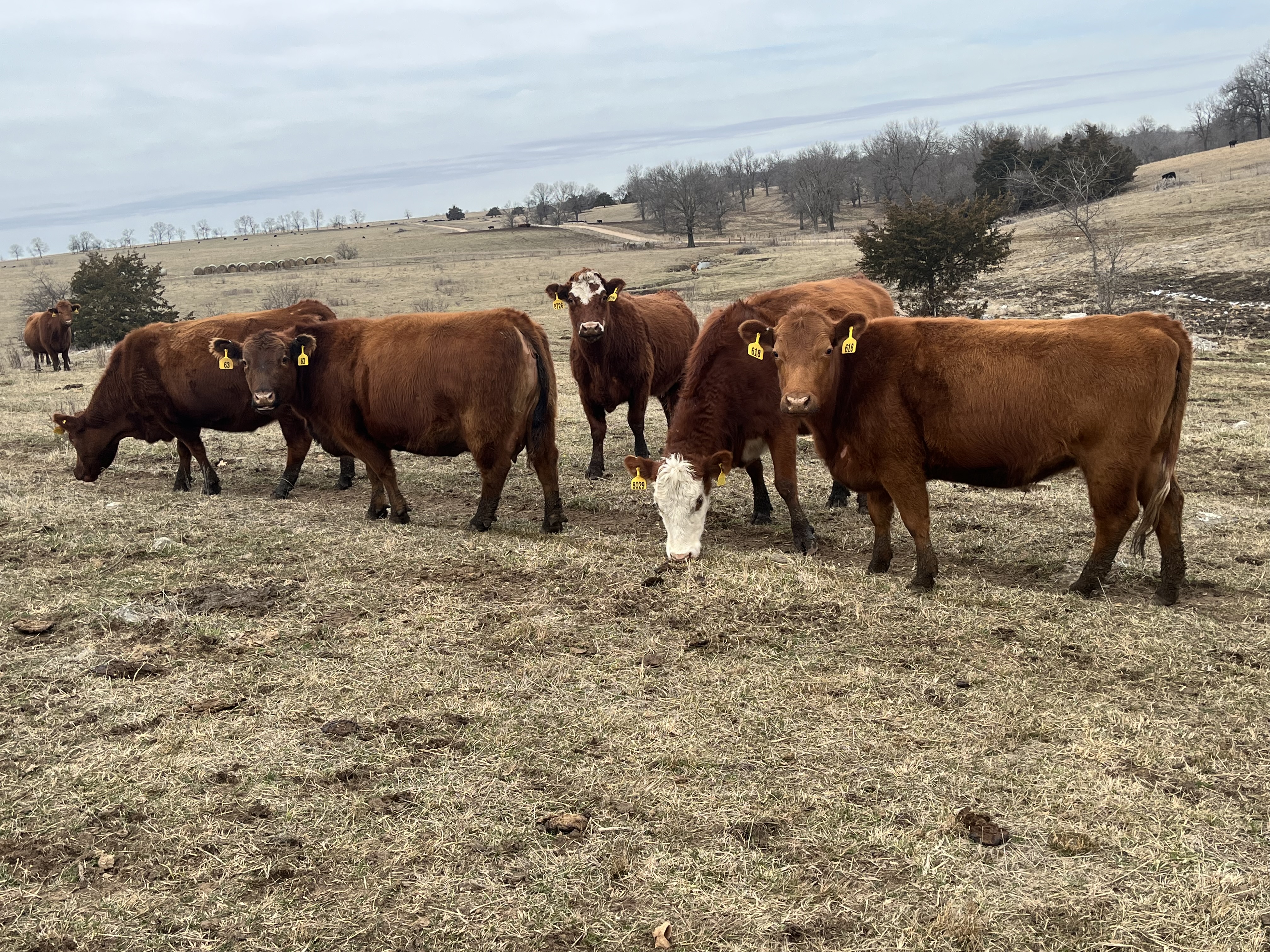Calculating depreciation for tax purposes is not necessarily the way producers should calculate it from a management perspective.
When making an annual ranch budget, some producers are able to document feed expenses, pasture rent and veterinary costs, but often they miss factoring in depreciation of their equipment and the cattle on the operation, say the experts at Kansas State University’s Beef Cattle Institute.
Speaking on a recent Cattle Chat podcast, agricultural economist Dustin Pendell explained the term depreciation as it relates to a ranch.
"Depreciation is when you have an asset that loses value over time as it is used," Pendell said.
He gave the example of a tractor that declines in value as soon as it is driven off the dealership lot and then as it gets used, wear and tear leads to maintenance issues that make it less valuable than when it was first purchased.
When it comes to cattle, their value depreciates too, said Pendell.
"As a cow ages, often her productivity declines, leading to the hidden cost of depreciation," Pendell said. "We define these as hidden costs because there isn't cash leaving the operation."
Yet Pendell said that producers need to factor this into their management depreciation calculation. Nutritionist Phillip Lancaster agreed.
"Cattle aren't assets that increase in value like land. At some point producers will need to replace those animals, so they need to factor that into their operational budget allowing them to build up the cash needed to replace the asset when its useful time has passed," Lancaster said.
Pendell said there are many ways to calculate the management or accounting depreciation, which is different from the way that tax deprecation is figured by the Internal Revenue Service.
"The IRS tax code tells producers how to calculate depreciation for tax purposes but that is not necessarily the way producers should calculate it from a management perspective," Pendell said.
Pendell encouraged cattle operators to look at marketing strategies to help manage cow depreciation.
"How long the cow remains in the herd is one of the factors that producers can control," Pendell said.
Relating to that point, veterinarian Bob Larson said reproductive productivity is important to consider.
"One of the best ways to make sure cow depreciation costs are low is to make sure the females that are retained have a high fertility and are able to get pregnant every year," Larson said.
Maintaining the cows in good body condition helps both fertility and their sale value, added Larson.
The bottom line is that depreciation will be a little different for each operation said Pendell.
"Cow depreciation is going to vary between operations because it depends on the purchase price, salvage value and the number of productive years," Pendell said.














